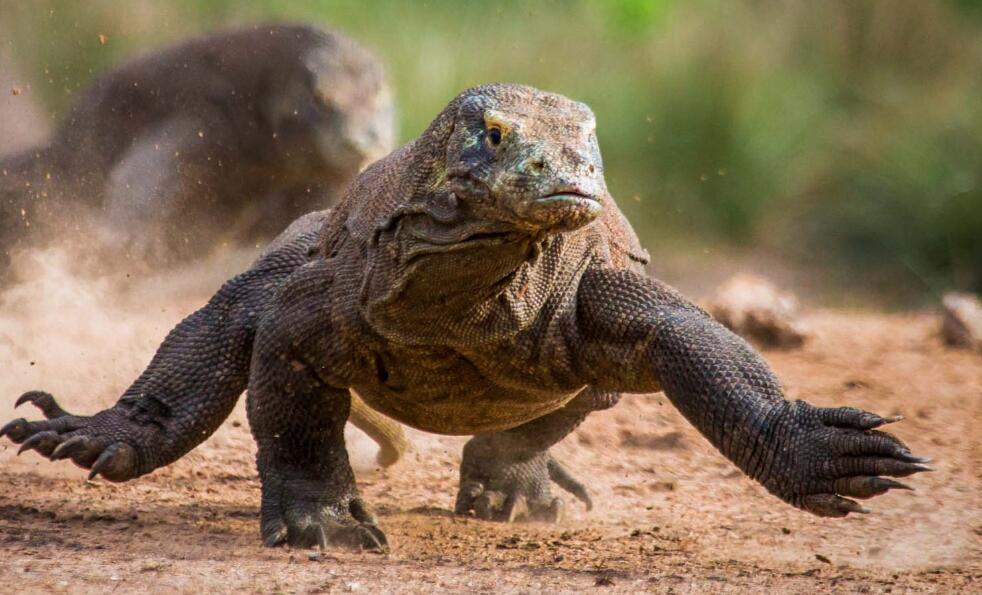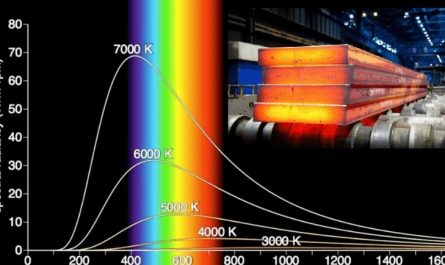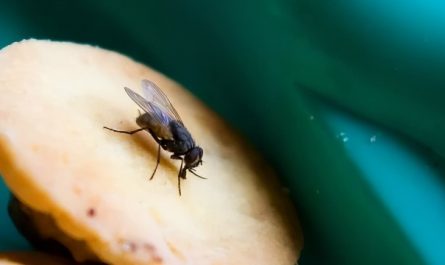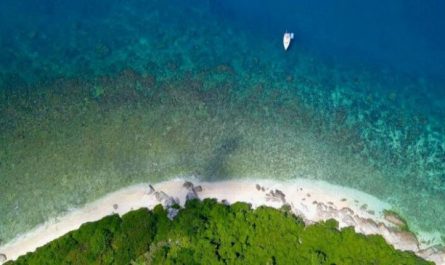The process of killing the prey by the Komodo dragon can be described as painful and long, but the monitor lizard has super long patience. After biting the prey, they slowly follow behind, until the prey “poisoned” and died. The lizard stepped forward and began to feast on it slowly and systematically! So there have always been two theories about how the Komodo dragon kills its prey!
Is it bacteria or poisoning?
The BBC has a documentary about monitor lizards. The film quotes the research results of zoologist Auffenberg in 1981. In 1981, he discovered the presence of Staphylococcus and Proteus in the mouth of monitor lizards. These two kinds of monitor lizards are unique. The oral flora is their weapon against other animals!
When biting other animals, these bacteria will multiply as the wound enters the prey. After 2 to 3 days, the systemic symptoms of the prey will begin to appear, such as high fever, weakness and finally fall to the ground, and the monitor lizard following will rush up. Biting, being eaten in pieces before the prey is completely dead, the situation is so miserable to witness!
From the speed of bacterial reproduction to the appearance of systemic symptoms, 2-3 days are roughly the same. Therefore, in many popular science works and documentaries about monitor lizards after 1981, Komodo oral bacteria reproduced to death. statement.
However, on June 2, 2009, PNAS (Proceedings of the National Academy of Sciences) published a paper on whether monitor lizards are bacteria or poisoning during hunting, and there is a very clear point of view from the skull structure and oral cavity of monitor lizards. According to the toxicological analysis of secretions, there is a special poisonous sac in the monitor lizard’s mouth, which secretes a lot of venom!
Dr. Bryan Fry, a venom expert at the University of Melbourne, Australia, said that the venom secreted by the monitor lizard is very similar to snake venom, but it will cause wounds to dilate blood vessels and the blood cannot be coagulated. Animals will continue to bleed through this wound.
There are several poisonous sacs in the mouth of the Komodo dragon, which secrete coagulopathy toxins. The mass spectrometer shows that there are 35% of 2000 transcripts encoding known toxin types of other toxins, molecular complexity and expression level Comparable to the record of snake venom!
The toxins identified by Dr. Brian Frye are AVIT, cysteine-rich secretory protein (CRISP), kallikrein, natriuretic peptide, and type III phospholipase A2 protein, which can cause muscles Paralysis, loss of consciousness, shock, rapid blood loss and death.
Of course, this toxin is not a problem if it is eaten by a monitor lizard, because the venom is a special kind of protein, which is broken down by gastric acid into amino acids and finally absorbed, and will not cause poisoning.
How effective is the Komodo dragon?
The monitor lizard should be the largest poisonous animal, up to 3 meters long and weighing up to 135 kilograms. It belongs to the genus Monitor lizard and is the largest lizard in the world. It is only distributed in the Lesser Sunda Islands in Indonesia. There are about 6000 heads in total. However, this species was not discovered and recorded until 1910.
Komodo dragons have a huge food. Although they are scavengers, they prefer not to be large animals. The buffalo, wild boar, deer, monkeys, etc. on these small islands are their prey, you think, such a big one. Poisonous animals, if you bite their prey, you have to see the king. Who is not afraid? Moreover, they still protect animals and occasionally attack humans. By 2012, 10 people had died of Komodo dragon venom.
Compared with the crocodile, how effective is the Komodo dragon?
They are larger than many crocodiles, such as the caiman and Chinese alligator, but much smaller than the bay crocodile and the black caiman. Can Komodo dragons and crocodiles of similar size compare?
Nile crocodile attacks wildebeest
The saltwater crocodile with the highest bite force can reach 16,414 Newtons, which is 3.5 times higher than that of the spotted hyena. Of course, the bite force of the caiman (spectacled caiman) is far less powerful, but it is still better than the Komodo dragon with a loose mandible. Much stronger, their powerful lethality is their inwardly curved teeth, once they bite their prey, they have no chance to escape!
However, the killing of the Komodo dragon is not like the death roll of the crocodile. At this time, the wound is contaminated with the venom of the dragon, and then slowly waits for the death of the prey. Those are much larger than the Komodo dragon. Many prey, such as water buffalo, are killed in this way. Herbivores have an advantage. Generally, monitor lizards no longer attack, so they will swallow their anger and just fall into the trap of monitor lizards!
Therefore, this trick of the Komodo dragon is effective against herbivorous and omnivorous animals such as buffalo, wild boar, and deer. It is not effective against top predators such as crocodiles, leopards or lions, because they will actively attack, bite force, garbage, The slow-moving Komodo dragon is going to be hunted after all. Even if it is poisonous, it will be counter-killed by the prey because it cannot kill the prey on the spot. At most, it will die together for a long time!
But why is the Komodo dragon not extinct? This may be due to the fact that there are no natural enemies of the Komodo dragon in the Lesser Sunda Islands in Indonesia. The ancestors of the early Komodo dragon were distributed in Australia and the islands of Southeast Asia, but now only these areas are reserved for a reason. of.
In 2005, the Komodo dragon lizard at the London Zoo that had been “living alone” suddenly laid 22 eggs, but 4 of them hatched normally. Only then did scientists discover that the dragon lizard can reproduce parthenogenesis!
The sex chromosomes of the Komodo dragon are W and Z, the female combination is WZ, and the male is ZZ. During parthenogenesis, the Komodo dragon will let a gamete replace the sperm in parthenogenesis, and the resulting match is WW And ZZ, but only the ZZ chromosome combination can implant!






